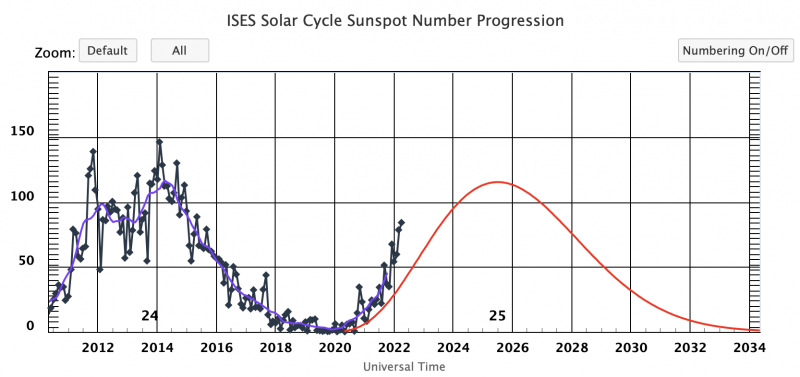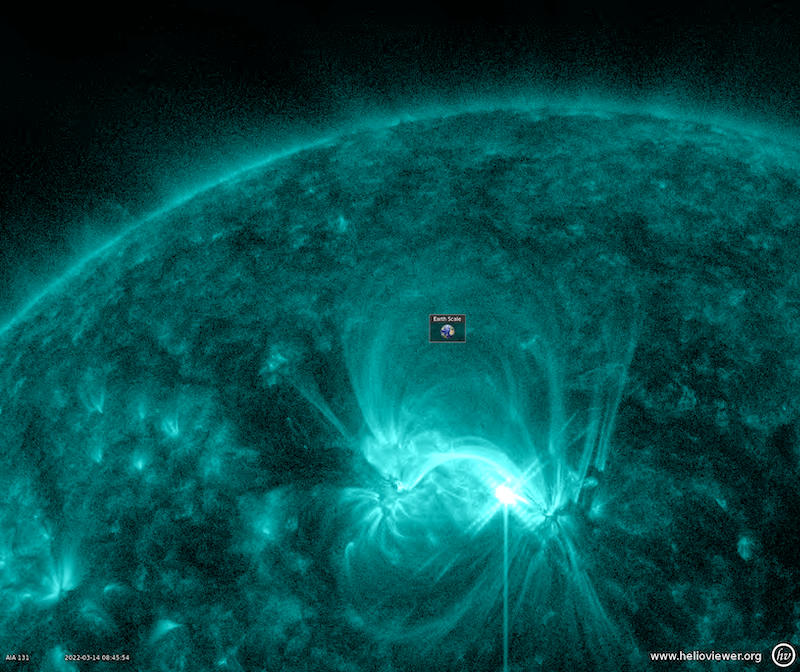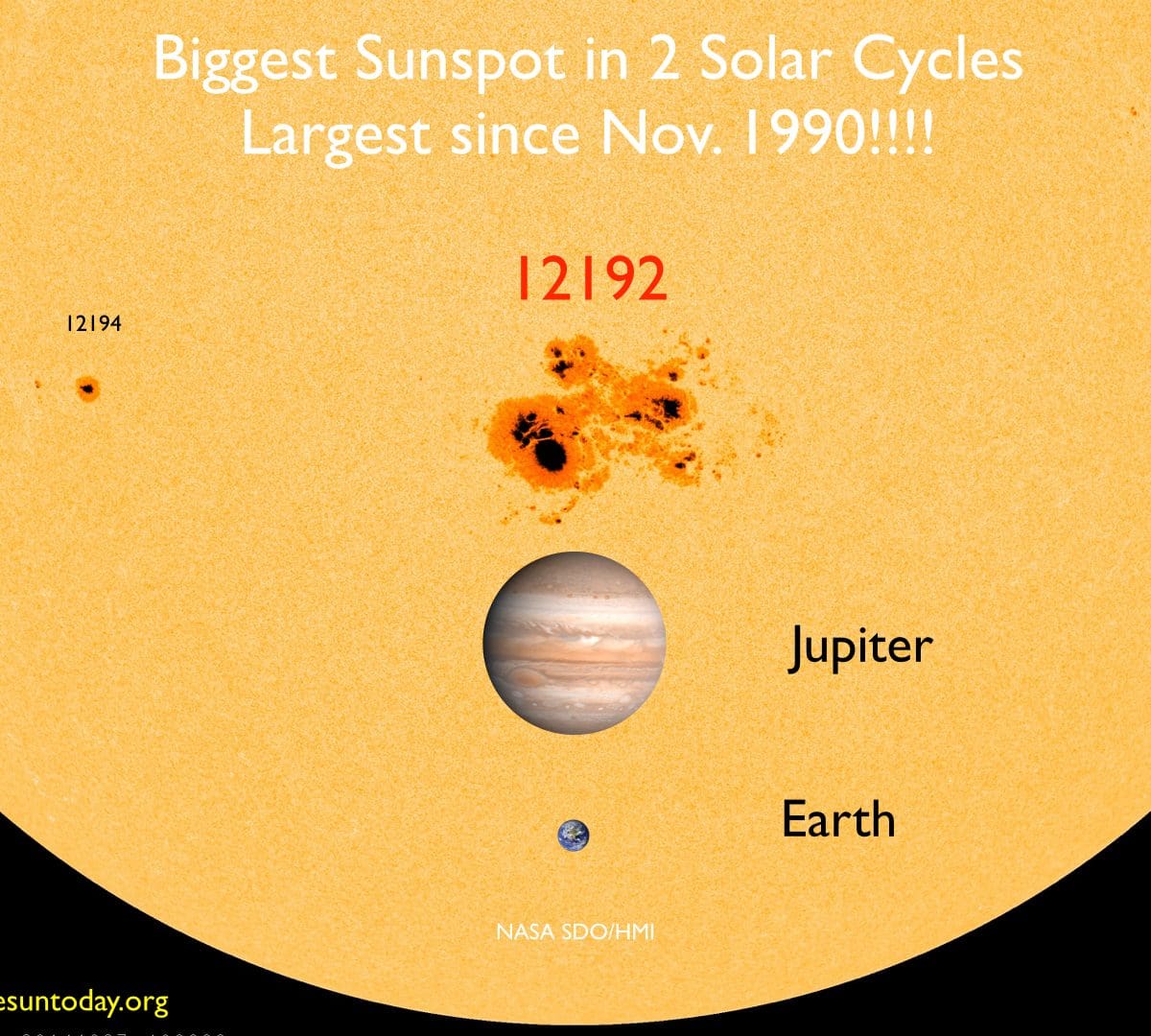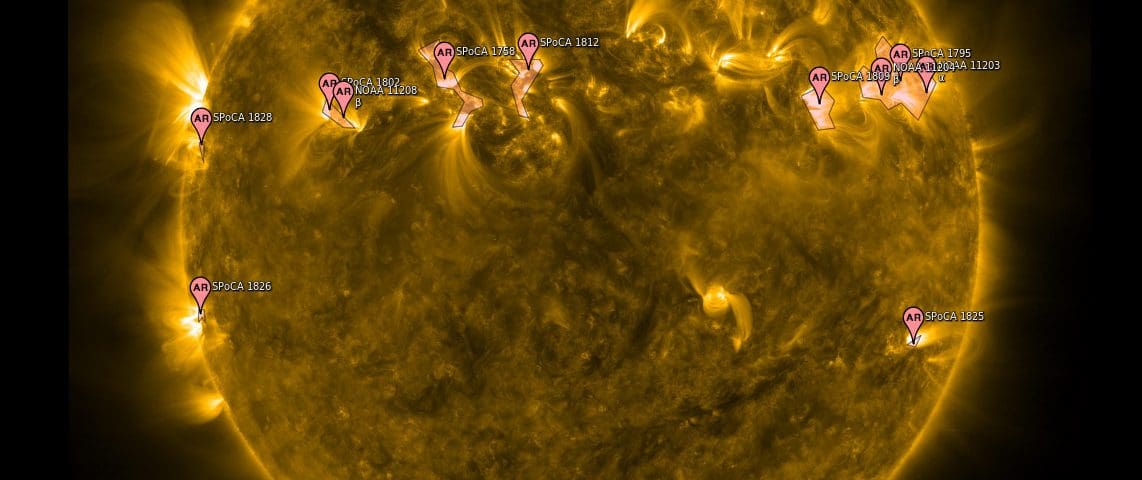
There is an active region rotating onto the side of the Sun facing Earth.
At ~20:40 UT on May 9, 2011, the area produced a C5 solar flare. But there is more to it than meets the eye!!
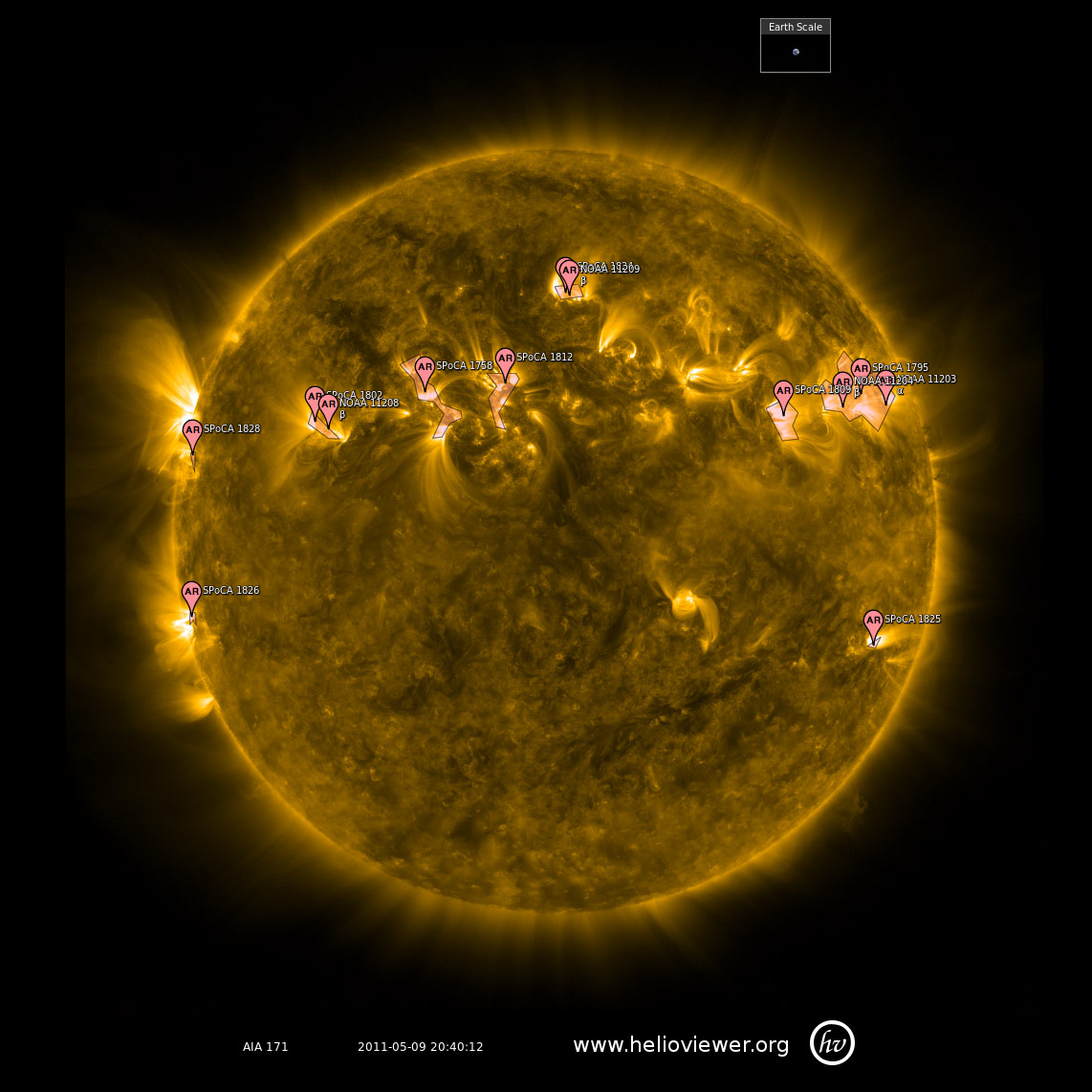
First, we look at the event with the 304 Å wavelength filter from the SDO cameras. This shows us material around 60,000 to 80,000 Kelvin. There is a bright flash (the flare) on the upper left edge (limb) of the Sun and some bright loops after the flare. Material moves but it doesn’t look like much else is happening.
If we look at the event with the 171 Å wavelength filter we are then viewing material that is much hotter, ~600,000 Kelvin and much higher up in the solar atmosphere. Before the flare there appears to be something expanding outward, like a bubble. The expansion reaches a peak then flare occurs. After the material including thread-like loops appear to wiggle back and forth. What we are beginning to see is actual material expanding and erupting from the Sun. We are seeing the beginning of a CME!
Next we look at the event with the 193 Å wavelength filter. Again we are then viewing material that is hotter (~1 Million Kelvin) and even higher up in the solar atmosphere. The expanding, erupting “bubble” becomes even more obvious.
Yet again we look at material that is hotter (~2 Million Kelvin) and higher still in the solar atmosphere. This time view the Sun with the 211 Å wavelength filter. The flare becomes a little less obvious but the erupting “bubble” of solar material material, the beginnings of a CME, is even easier to see.
We have been looking at the solar atmosphere in extreme-ultraviolet wavelengths of light to see the beginnings of a CME. Once we move away from the Sun’s surface the best way to observe a CME is with visible light. But the solar disk is about a million times brighter than the CME. In order to see the CME be have to block out the solar disk allowing us to see the very faint outer atmosphere and the CME. This is what happens when a total eclipse occurs on Earth but we create an artificial eclipse in space using a type of telescope called a coronagraph. We will now look at the CME with 2 coronagraphs from the SOHO spacecraft, LASCO C2 and C3.
For our last views we take a look at the event through the eyes of the STEREO spacecraft. Looking at the side of the Sun that hasn’t rotated into view yet with the STEREO Behind spacecraft we can see the active region of interest in its entirety. When the region erupts a wave is visible traveling away from the region in all directions. This is the wiggling and movement of material we saw when looking the region from the side with SDO. We can see this with the STEREO EUVI camera. Next we can see the CME with both the STEREO Behind and Ahead coronagraphs, Cor2-B and Cor2-A.


